Cheetahs are renowned for their incredible speed, often exceeding 60 miles per hour during short sprints. This incredible adaptation can be traced back millions of years. While precise historical records are elusive, evolutionary biologists suggest that the cheetah’s speed evolved as a survival mechanism, allowing them to overtake prey in the wide-open savannahs of Africa. The early ancestors of modern cheetahs likely relied on speed to hunt smaller, agile animals.
Adaptations for Speed: Body Structure

The cheetah’s slender, aerodynamic body is a marvel of natural engineering. Unlike other big cats, the cheetah has a lightweight frame, which is essential for rapid acceleration. Its spine is exceptionally flexible, allowing for extended strides that make high speeds possible. The combination of a small collarbone and shoulder blades that aren’t attached to the collarbone provides an increased range of motion, aiding in the animal’s high-speed pursuits.
Muscle Composition and Function

Cheetahs possess a unique muscle composition, particularly in their hind limbs. They contain a high percentage of fast-twitch muscle fibers, which are crucial for rapid acceleration and bursts of speed. These muscles can contract rapidly and powerfully, providing the energy necessary to reach incredible velocities quickly. However, this advantage comes at a cost: these muscles tire quickly, limiting the cheetah’s high-speed chases to short distances.
The Role of the Tail

The cheetah’s long, muscular tail acts as a counterbalance and rudder, helping it make sharp turns at high speeds. This flexibility is crucial for pursuing agile prey such as antelopes and hares. During a chase, the tail aids in stabilizing the cheetah, allowing it to maintain balance and change direction swiftly without losing momentum.
Claws and Grip

Unlike most other big cats, cheetahs have semi-retractable claws. These claws provide additional grip on the ground, much like the cleats worn by athletes, allowing for increased traction during high-speed pursuits. This adaptation is essential for maintaining speed and agility, particularly when navigating challenging terrain or making abrupt directional changes.
Respiratory and Cardiovascular Efficiency
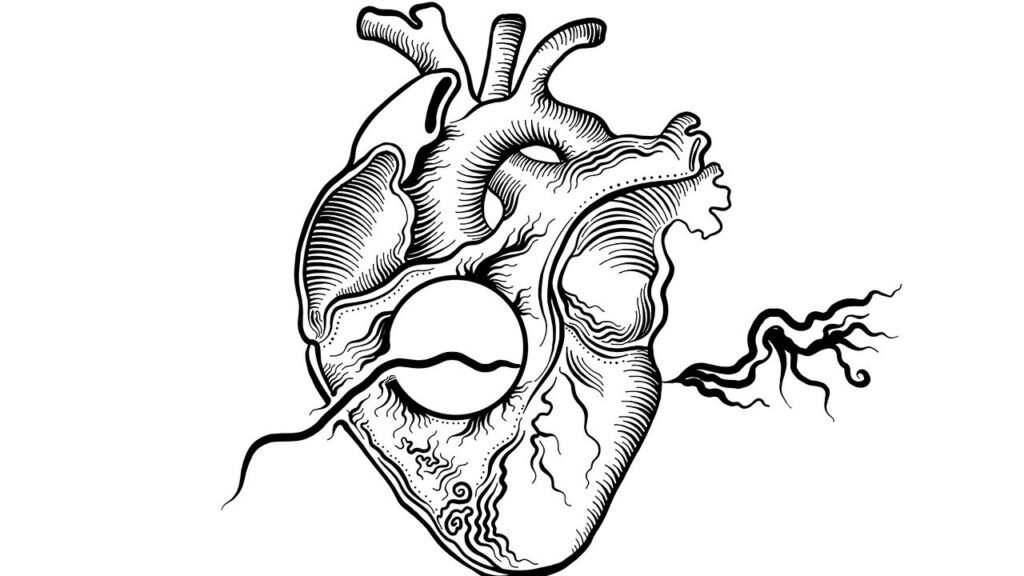
A cheetah’s respiratory system is highly adapted for sprinting. Its large nasal passages allow large volumes of air to be inhaled quickly, supplying oxygen to its powerful muscles. Furthermore, the enlarged heart and lungs pump oxygenated blood efficiently throughout the body, sustaining the cheetah’s explosive speed during its short hunts.
Vision and Coordination
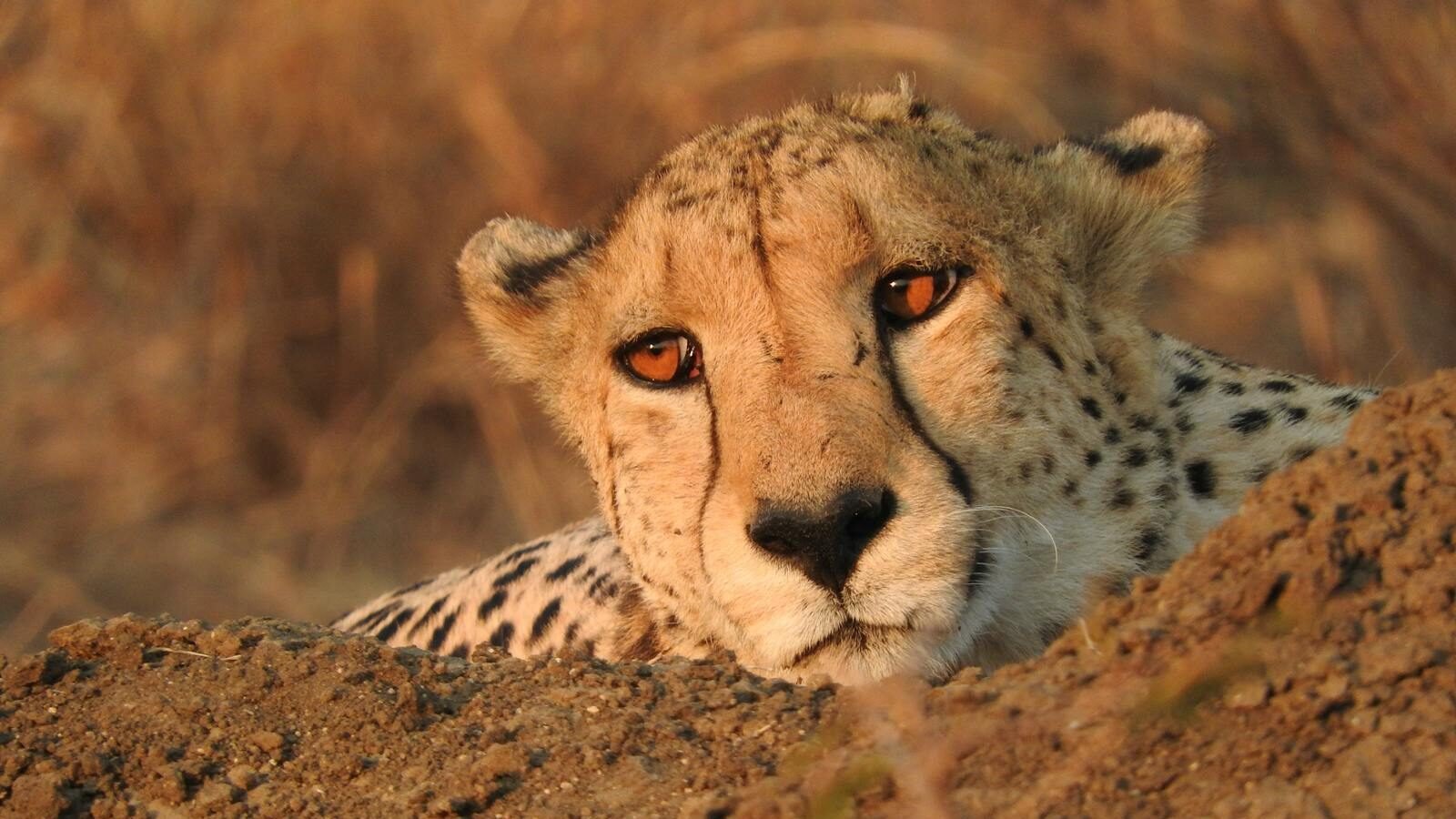
Cheetahs have excellent eyesight, enabling them to spot prey from great distances. Their binocular vision allows for precise depth perception, which is crucial for gauging distances during high-speed chases. Moreover, specialized nerve connections between their eyes and the brain optimize coordination, allowing them to make split-second decisions and adjust tactics during pursuits.
Evolutionary Pressure and Natural Selection
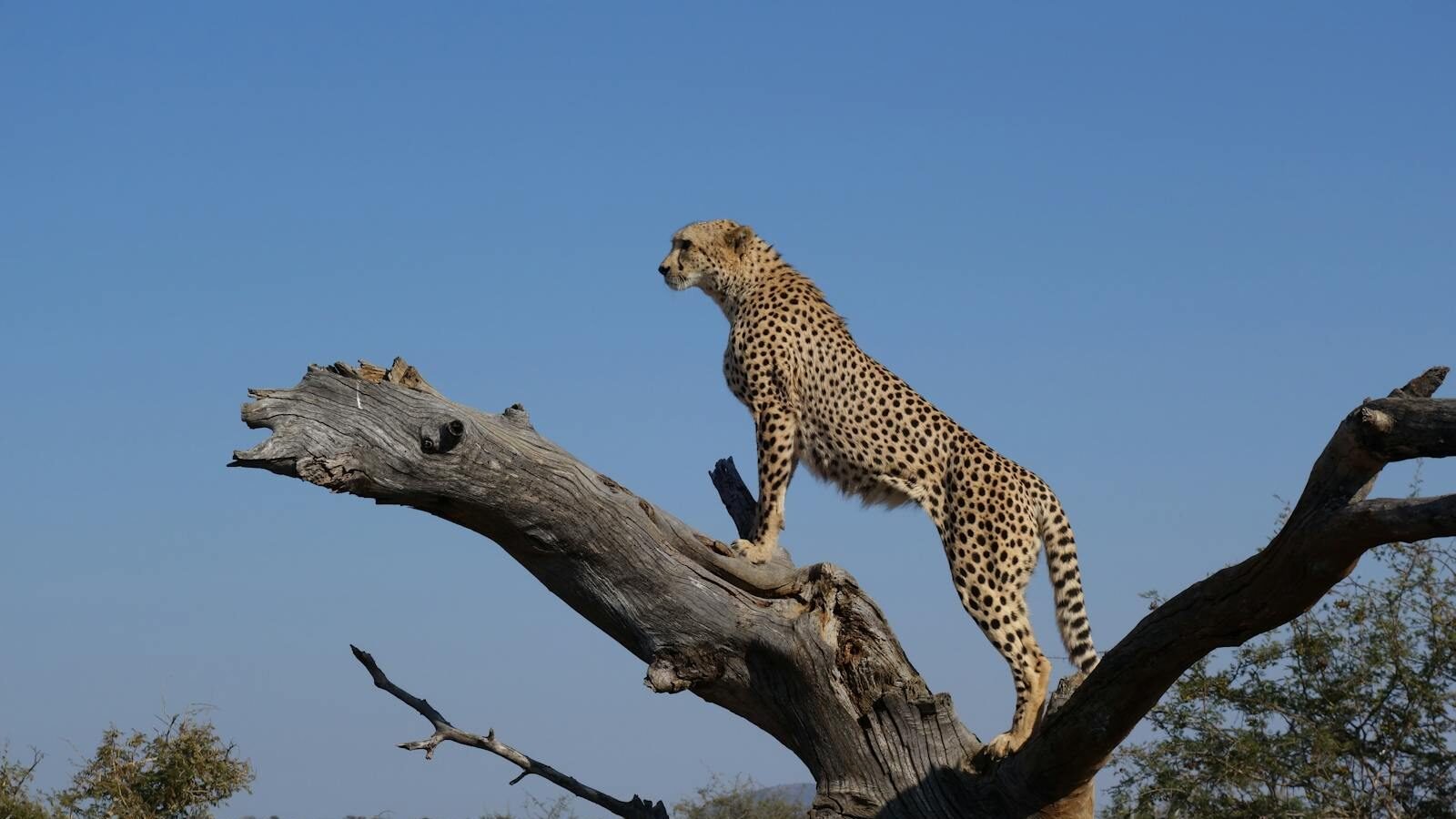
Through evolutionary pressure and natural selection, the cheetah developed its remarkable speed. Predators and prey engaged in a constant arms race where only the quickest could catch or escape the other. Cheetahs that could run faster were more successful hunters, had better chances of survival, and passed on advantageous traits to their offspring. Over generations, these traits became more pronounced, cementing the cheetah’s reputation as the fastest land animal.
Challenges and Limitations
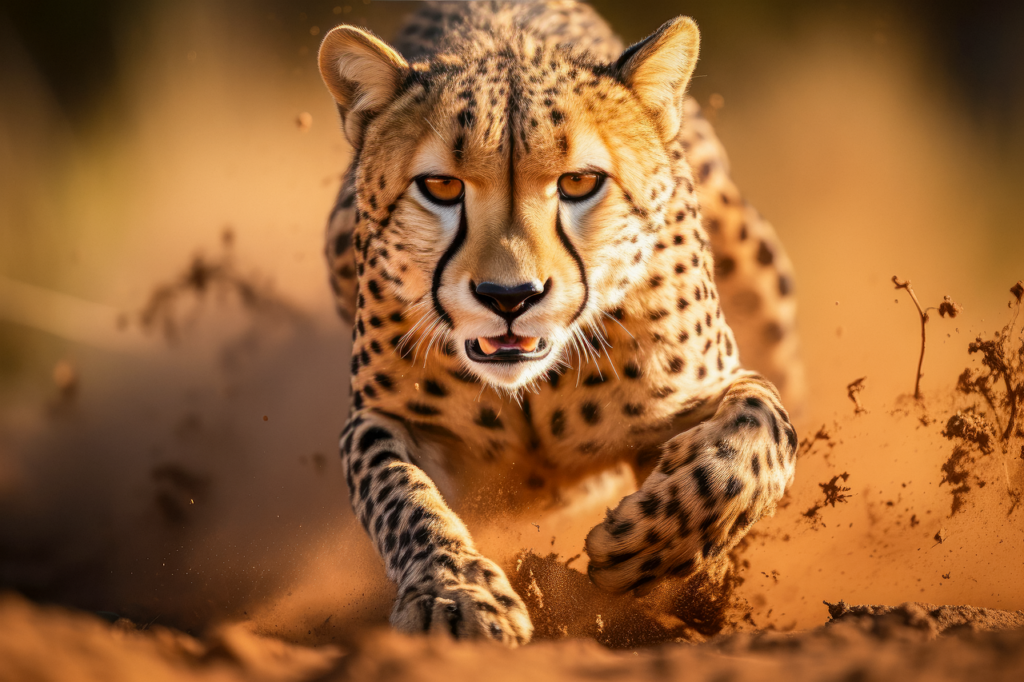
Despite their speed, cheetahs face several challenges. The physical demands of a sprint require significant energy investment, and overheating is a constant risk due to their high metabolic rate during chases. After a successful hunt, a cheetah might need to rest before feeding, making it vulnerable to scavengers like lions and hyenas. Their reliance on speed also means they have less emphasis on strength compared to other predators.
Conservation and the Future of Cheetahs
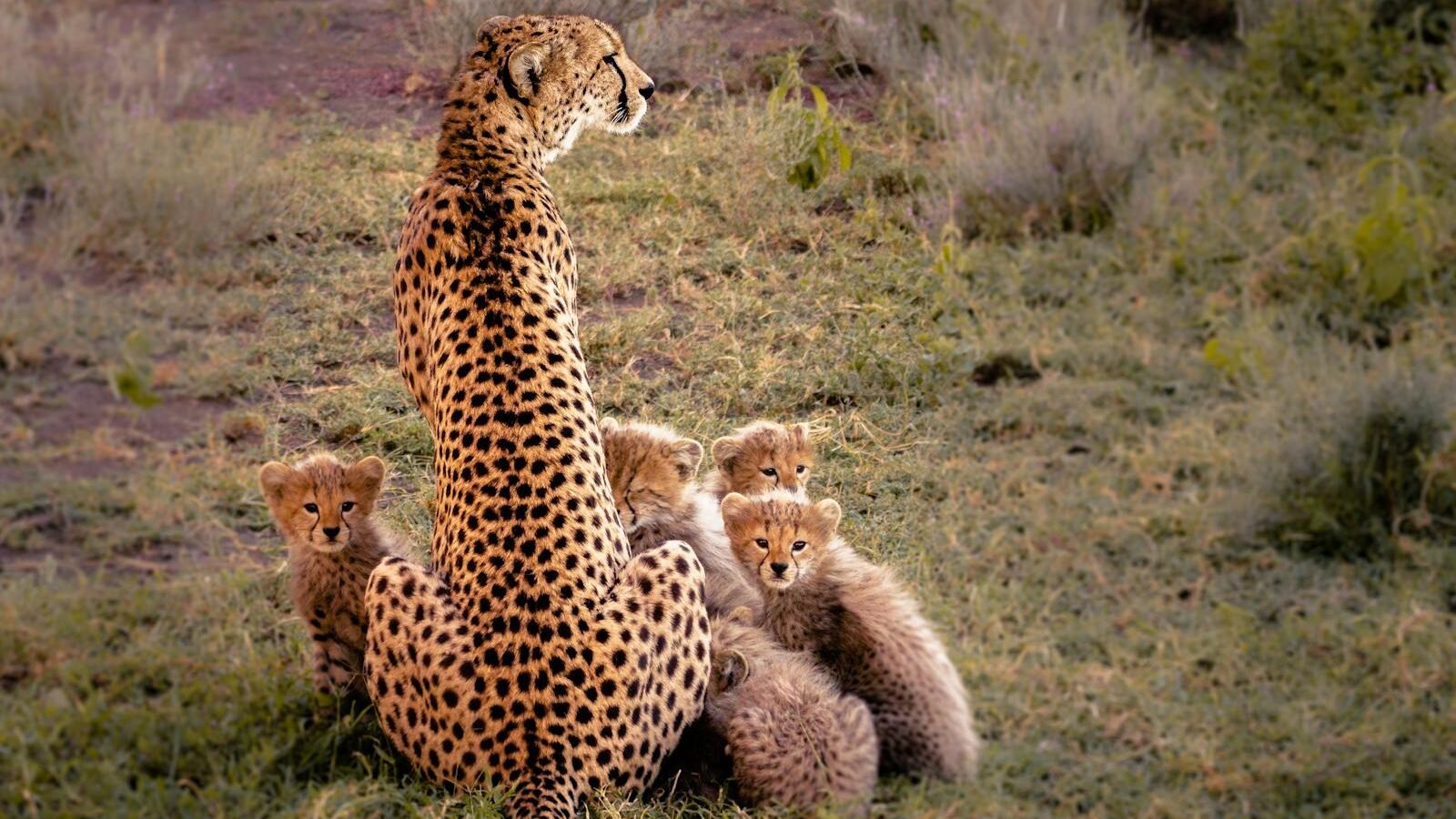
Today, cheetahs face threats from habitat loss, human conflict, and a shrinking gene pool, putting them at risk of extinction. Conservation efforts are crucial to protect these magnificent animals and preserve their habitats. Understanding the biological marvel of their speed not only highlights their evolutionary success but also underscores the importance of ensuring their survival for future generations to witness and study.

With over a decade of experience as a dedicated cat lover and enthusiast, I specialize in writing captivating content about all things feline. My expertise shines through in creating engaging and informative pieces that resonate with fellow cat lovers. As a proud cat parent to my beloved Duston, my personal connection to the world of cats adds authenticity and warmth to my work, making it relatable and heartfelt.






